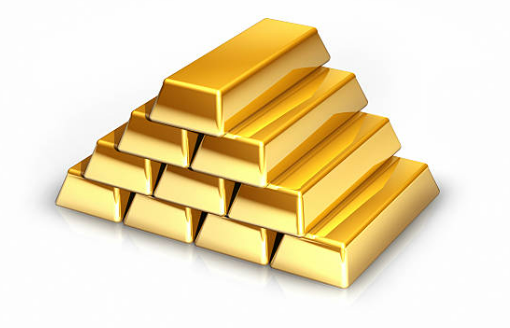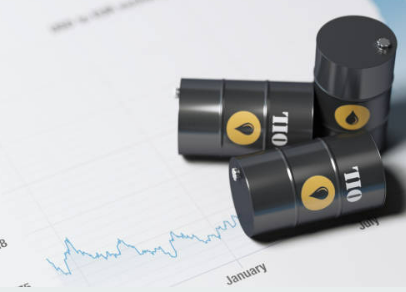
Haiden Holmes
Aug 02, 2022 10:29
Gold has remained in the black since its recovery from sub-$1,700 depths, regardless of the droning of U.S. recession forecasts or the dropping dollar and bond yields.
After four straight days of rises, gold futures are within $15 per ounce of $1,800 territory, which is exactly where longs in space would want to see them.
After reaching a session high of $1,799.90, gold futures for December on the New York Comex settled up $5.90, or 0.3%, at $1,787.70 on Monday. On July 21, it touched its lowest level in 11 months, 1,678.40.
In the meanwhile, the current price of bullion was $1,771.82 at 3:58 p.m. ET (19:58 GMT) on Monday, an increase of $5.52 or 0.3 percent from Friday's closing price in New York.
Contrarian to gold, the dollar continued to decline for a fourth day in inverse proportion to the yellow metal. The Dollar Index, which compares the dollar to six other major currencies, fell to 105.11 on July 14 after reaching a 20-year high of 109.14 on July 14.
The yield on the benchmark 10-year Treasury note fell to its lowest level in five months, 2.584 percent.
Since the second-quarter U.S. gross domestic product figures released on Friday, which formally placed the country in a recession, the price of gold has remained over $1,700.
The yellow metal gained 2.2% last week, its best weekly performance in four months, after Federal Reserve Chair Jerome Powell stated that the central bank was unable to predict whether it will continue the aggressive rate hikes it has conducted since March to combat inflation, given the weakening U.S. economy.
Since August 2020, when it reached record highs above $2,100, gold has failed to live up to its reputation as a hedge against inflation for the most of the previous two years. One explanation for this is the Dollar Index's 11 percent climb this year, which follows a 6 percent increase in 2021.
The Chinese manufacturing sector fell in July owing to a new wave of COVID-related lockdowns, which contributed to Monday's surge in gold's price. Beijing's official purchasing manager's index decreased from 50.2 to 49.0 in July, indicating a contraction.
China is the second-largest economy in the world, and a prolonged economic crisis there is likely to have an effect on global growth.
The manufacturing PMI in the United States increased to 52.8 from 53 in June. The Institute of Supply Management's subsequent comment did nothing to enhance spirits. "Growing inflation is raising worries of an oncoming recession," noted the institute. "Many clients appear to be cutting orders in an effort to reduce stocks."
South Korea's industrial activity decreased for the first time in almost two years, and Japan's factory activity expanded at the slowest rate in ten months.
As a result of the severe energy crisis and accompanying inflation issue, manufacturing in the Eurozone is already contracting, and these factors appear to be affecting consumers as well, as German retail sales experienced their largest annual decline since the country began collecting pan-German data in 1994.
According to market analysts, the possibility for bullion to break above $1,800 and progress from there may be more challenging than expected, despite these factors supporting gold's image as a safe haven.
Reuters cited Han Tan, chief market analyst at Exinity, as stating, "Bullion bulls are waiting to see if the coast is clear for another run higher, ensuring that expectations for a less aggressive Fed are founded in reality." Similar to the Federal Reserve, the future movement of gold may be determined by data.

Aug 01, 2022 11:03

Aug 02, 2022 10:31